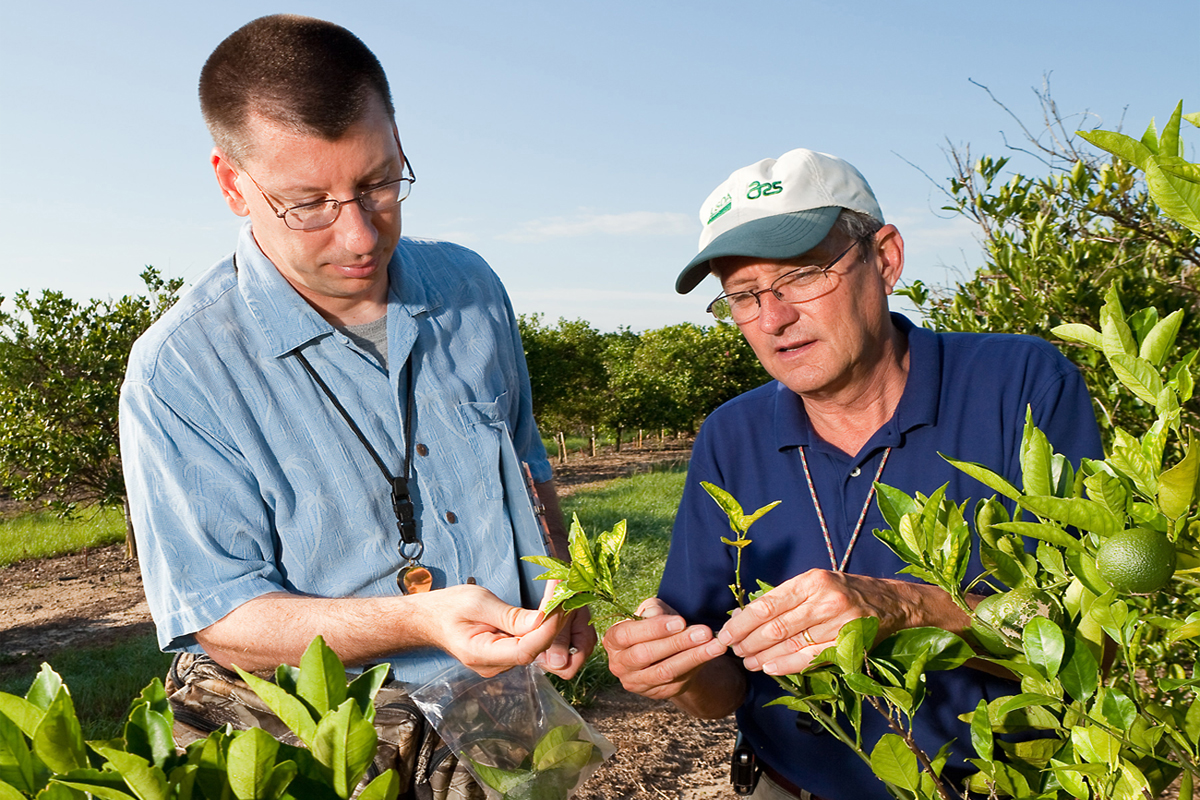
The corporate world has gone really insane when its EPA approved an expanded use of the antibiotic Streptomycin to “protect” citrus fields and its farmers. This has a direct effect of increasing the parasites’ resistance to such antibiotic, which is normally used in mainstream medical interventions.
Streptomycin is a very potent antibiotic that I also got accustomed to when I was diagnosed of tuberculosis in the mid-80s.
SACRAMENTO, Calif.— The Trump administration has proposed to greatly expand spraying of streptomycin — an antibiotic often used with people — as a pesticide on citrus fruits like grapefruits, oranges and tangerines anywhere they are grown.
Earlier this month the Trump administration approved the use of another antibiotic, oxytetracycline, on the nation’s citrus groves. Trump’s Environmental Protection Agency has yet to fully analyze how these changes might affect wildlife, people and waterways.
The EPA’s latest proposed decision, issued late last week, paves the way for up to 480,000 acres of citrus trees in Florida to be treated with more than 650,000 pounds of streptomycin per year to combat citrus canker and citrus greening disease. Estimates also indicate 23,000 citrus acres are likely to be treated each year in California.
The EPA’s push to approve widespread use of the antibiotics as pesticides comes as the rise in human deaths due to antibiotic-resistant bacteria has spurred leading researchers to caution against expanding use of antibiotics like streptomycin, which is used to treat bacterial infections such as tuberculosis.
“Trump’s EPA is taking us in a dangerous new direction,” said Nathan Donley, a senior scientist with the Center for Biological Diversity. “Researchers have been telling us for decades to curb the use of antibiotics in agriculture or risk losing them forever. The Trump administration has chosen to ignore the science and blindly sprint down a path that could dead-end at bacterial resistance.”
In addition to increasing the risk of antibiotic-resistance, the EPA’s own analysis also indicated that the widespread use of streptomycin could have negative long-term effects on all mammals that forage in treated fields, including chipmunks and rabbits. The EPA has not analyzed how this proposed decision could impact endangered and threatened species that forage or nest in these citrus groves, or rely on waterways contaminated by the antibiotic.
As was the case with oxytetracycline, the EPA’s proposed approval comes despite the Centers for Disease Control and Prevention and the Food and Drug Administration expressing numerous concerns about the risks.
The Centers for Disease Control and Prevention estimates that more than 2 million people are infected with antibiotic-resistant organisms each year, leading to an estimated 23,000 deaths.
https://www.biologicaldiversity.org/news/press_releases/2018/streptomycin-12-27-2018.php
EPA Proposes Use of 650,000 Pounds of Antibiotics per Year on Citrus Fields
Concerns Raised It Could Worsen Antibiotic Resistance
Advocates from public-health and environmental groups delivered more than 45,000 petition signatures to the Environmental Protection Agency today asking the agency to deny a proposal that would expand spraying antibiotics on citrus fields.
If that proposal is approved, citrus growers could spray more than 650,000 pounds of the antibiotic streptomycin on citrus fields every year to treat the bacteria that causes citrus greening disease. Streptomycin belongs to a class of antibiotics considered critically important to human health by the World Health Organization. By contrast, people in America only use 14,000 pounds of that antibiotic class each year.
“The more you use antibiotics, the greater the risk that bacteria resistant to the drugs will flourish and spread. The bottom line is that the potential problems created by spraying massive amounts of streptomycin on citrus fields could outweigh the original problem the EPA wants to solve,” said Matt Wellington, U.S. PIRG’s Stop the Overuse of Antibiotics campaign director.
Spraying antibiotics on citrus fields does not cure citrus greening disease or prevent its spread. If allowed, this would be the largest-ever use of a medically important antibiotic in plant agriculture in the United States. The EPA has not fully considered the consequences of this unprecedented antibiotic use, especially given its limited potential for success, as laid out in comments by the Center for Biological Diversity, Natural Resources Defense Council, Sierra Club and U.S. PIRG.
“Spraying orange and grapefruit trees with an antibiotic we use to treat human disease is a dangerously shortsighted idea,” said Emily Knobbe, EPA policy specialist at the Center for Biological Diversity. “In addition to increasing the risk of antibiotic resistance, the EPA’s own analysis indicates streptomycin could harm foraging mammals like rabbits and chipmunks.”
Recent research suggests that up to 162,000 Americans die each year from antibiotic-resistant infections. The World Health Organization ranked antibiotic resistance among the top 10 health threats in 2019. Overusing antibiotics in any setting fuels the spread of drug-resistant bacteria.
Antibiotics should be used as sparingly as possible and only when absolutely necessary. Spraying massive quantities of a medically important antibiotic on citrus fields doesn’t fit those requirements.
The original source of this article is Center For Biological Diversity
It would have been saner if they spray colloidal silver instead. But the goal is not to protect life, but to limit its potential in order to enhance corporate totalitarian control.
We cannot alter the government’s trajectory directly. But we can protect our family from the onslaught of antibiotic resistant bugs with the most potent antiviral system there is, i.e. Virutron.


